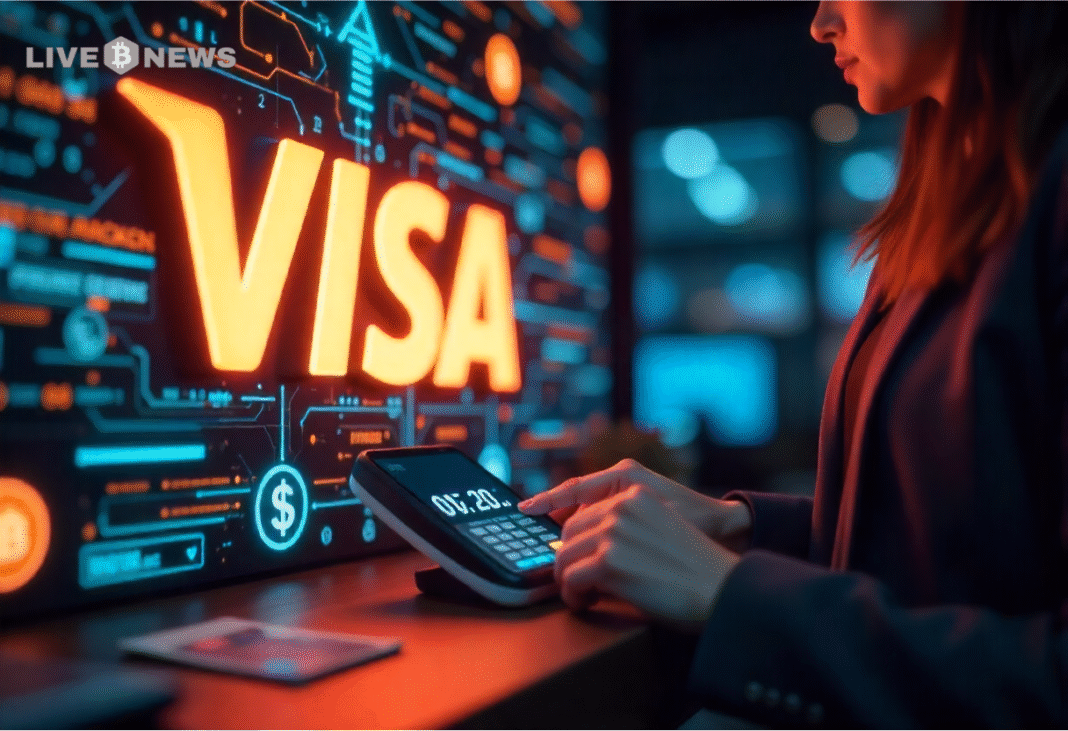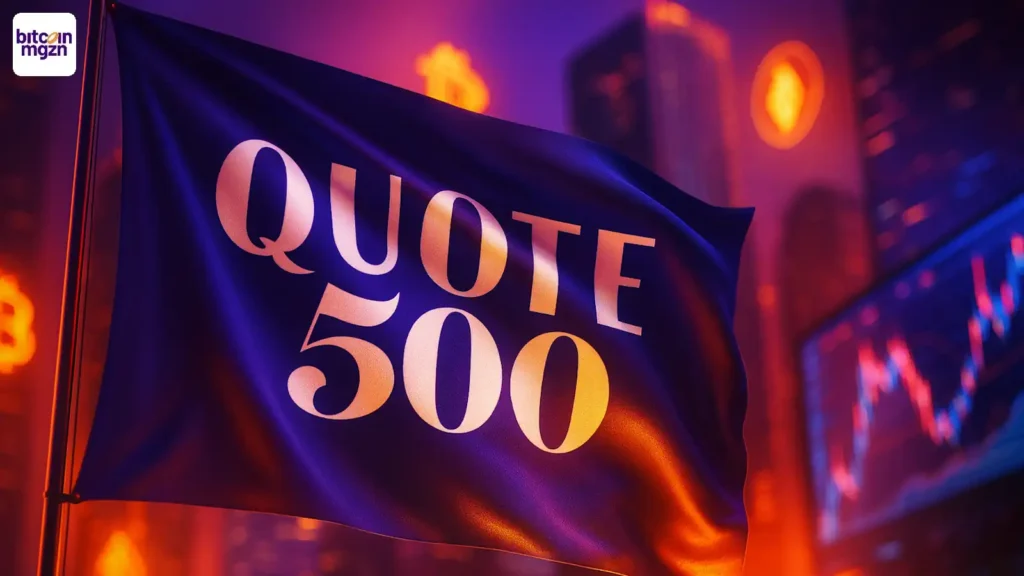Nuclear waste is actually a super-valuable resources, according to U.S. startup Curio.
AFP via Getty Images
A new startup says it can turn dangerous nuclear waste into fresh usable fuel and valuable rare metals and materials, like rhodium and palladium, used in catalytic converters, and krypton-85 and americium-241, used in electronics and smoke detectors.
The startup is Curio, and the CEO is Ed McGinnis, former acting Assistant Secretary for Nuclear Energy at the Department of Energy. McGinnis says spent nuclear fuel isn’t dangerous waste but valuable treasure.
“After [nuclear fuel] is run for about five years in the United States … you’ve only used about 4% of that energy value,” he told me in a recent TechFirst podcast. “It’s even better than just that. Because the magic of uranium, when it’s fissioning, actually generates a plethora of other highly valuable isotopes: for medical purposes, for space exploration, for industrial processes. And on top of it … you have rare precious metals that are created.”
The United States currently has 94 commercial nuclear reactors that generate nearly 97 gigawatts of low‑carbon power: about 19% of the nation’s electricity. But much of the uranium and enrichment infrastructure relies heavily on Russia, which isn’t great for national energy security. And the current boom in AI has tech giants like Microsoft, Google, and Amazon looking for even more nuclear power to fuel carbon-neutral generative artificial intelligence.
The solution, according to Curio, is in our toxic nuclear waste dumps.
In the past, recycling nuclear fuel to extract the remaining energy-producing value has been dirty and dangerous, using nitric acid and creating additional radioactive contamination. Curio’s process is a dry electrochemical and pyroprocessing system, using heat and chemical reactions to separate isotopes and fission products, thanks to the materials’ different boiling points and weights. Curio also applies electric currents to separate metallic elements such as uranium and plutonium, taking advantage of the fact that virtually all nuclear fission products are metals, or behave like metals.
The result is clean, separate elements: uranium, that can be put back in a reactor as fuel, plutonium, which can be used at low non-weapons-grade purities in newer reactor types, and numerous other valuable materials such as rhodium, palladium, Krypton, Americium, Cesium, Strontium, and more.
And the uranium for reactor fuel?
“We will pull out enough,” says McGinnis, “to provide as much as a third of the entire United States nuclear uranium feedstock annually from one facility.”
The U.S. currently has about 90,000 metric tons of highly radioactive spent fuel, and is accumulating more at roughly 2,000 tons per year. Globally, the world has about 400,000 tons, only a third of which has been reprocessed.
So there’s plenty of raw material.
Assuming this works, the even better news is that the reprocessing takes materials that have a dangerously radioactive lifespan of 10,000 years down to material that is only unsafe for a few hundred years. That’s huge on multiple levels: less nuclear waste overall, and remaining nuclear waste that is only unsafe for hundreds rather than thousands of years, making much easier and much more politically palatable to find safe storage locations.
So: will it work?
McGinnis is confident that it does. And the Department of Energy is mostly funding a three-year demonstration contract at a national lab, which should wrap up sometime next year. If all goes as planned, a commercial-scale facility could follow in three to five years.
And that could put the U.S. on a two-track course to solve both its AI-driven energy crunch, and the problematic nuclear waste dilemma … plus offer a bunch of super-valuable metals and isotopes. For example, Curio says that its processing could provide 10% of the world’s rhodium demand from U.S. waste alone.
All of which could redefine how we view nuclear waste altogether: as a resource, a strategic advantage, and a key plank in a safe and clean energy infrastructure of the future.
Source: https://www.forbes.com/sites/johnkoetsier/2025/08/28/nuclear-waste-to-ai-fuel-us-startup-turning-radioactive-trash-to-gold/


